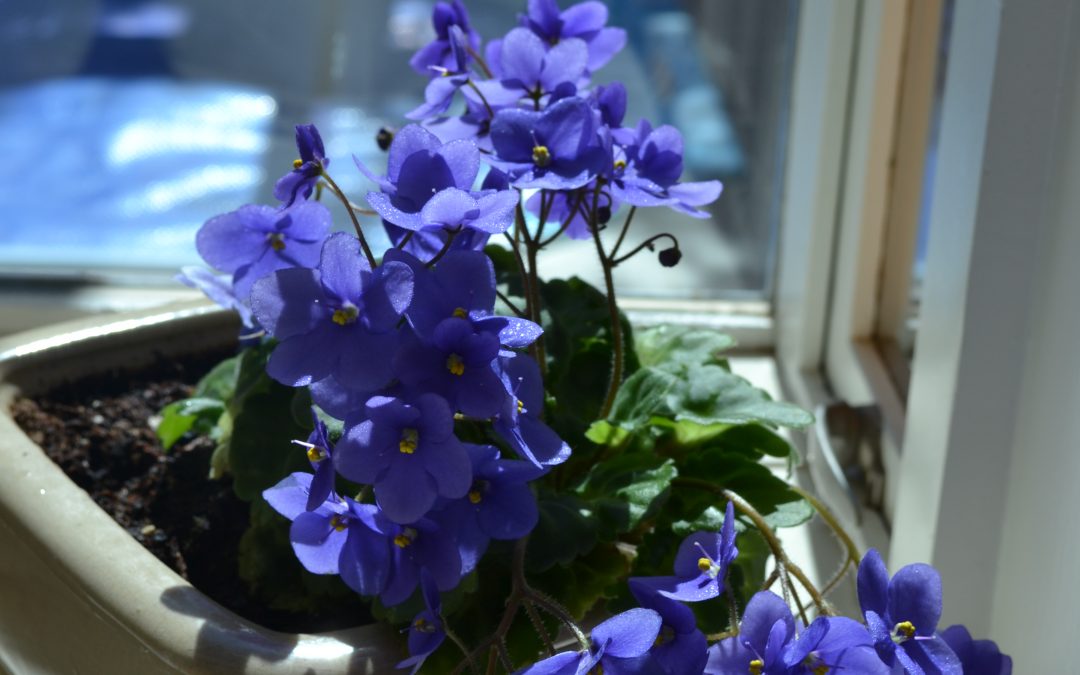The book Mrs. Nixon: A Novelist Imagines a Life provoked my thinking about women’s stories. I read the book because I was intrigued by the title, imagining an autobiography with an imaginative twist. I was surprised to find that Mrs. Nixon was simply the coatrack on which Ann Beattie draped some sturdier garments, essays about the writing craft. It was a creative way to talk about writing and the book absorbed me from beginning to end. I studied a writer at work in a way that is rarely possible; I learned new vocabulary; and I delighted in the author’s style.
Although the book centered on writing, it provoked serious thoughts for me about Mrs. Nixon as a juxtaposition to the Venetian women who have been the subjects of my research: Caterina Cornaro, who became Queen of Cyprus; Elena Piscopia, the first woman in the world to receive a degree; and Anna Maria dal Violin, who became a music master in the eighteenth century. All are women who stepped outside the traditional roles assigned to women.
Thinking about Thelma Catherine “Pat” Ryan Nixon, whose husband referred to her as “Mrs. Nixon,” defining her as an appendage to himself, made me pause. “Mrs. Nixon” would be unknown to us if her husband had not been President of the United States. Her life was not noteworthy, except as “Mrs. Nixon,” the woman who suffered the shame of her husband’s crimes, though she was blameless.
The majority of women up until the modern era were defined likewise, as appendages to men. I write of women who were more than appendages, women who found their own way, but women whose stories are not widely known. I promulgate their stories in hopes that we might learn something productive from them. But what about the “Mrs. Nixon’s” of history? Who will tell their stories—especially those who were not married to a prominent historical figure?

